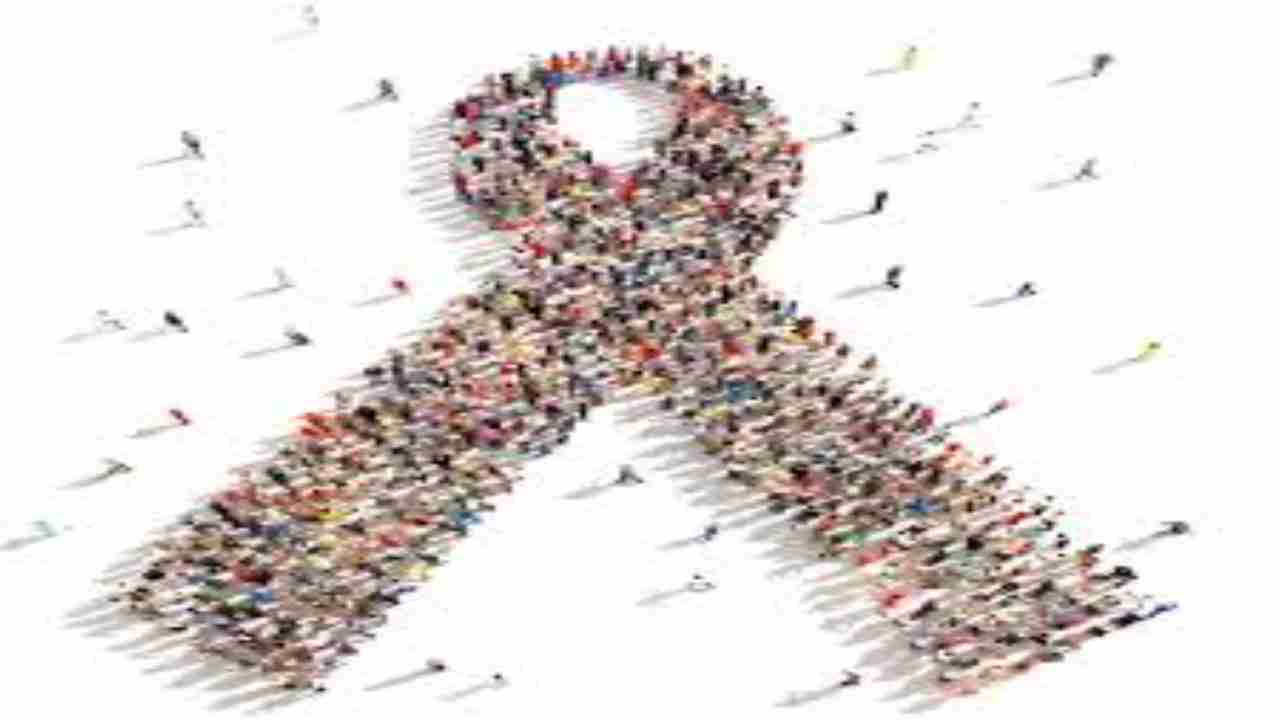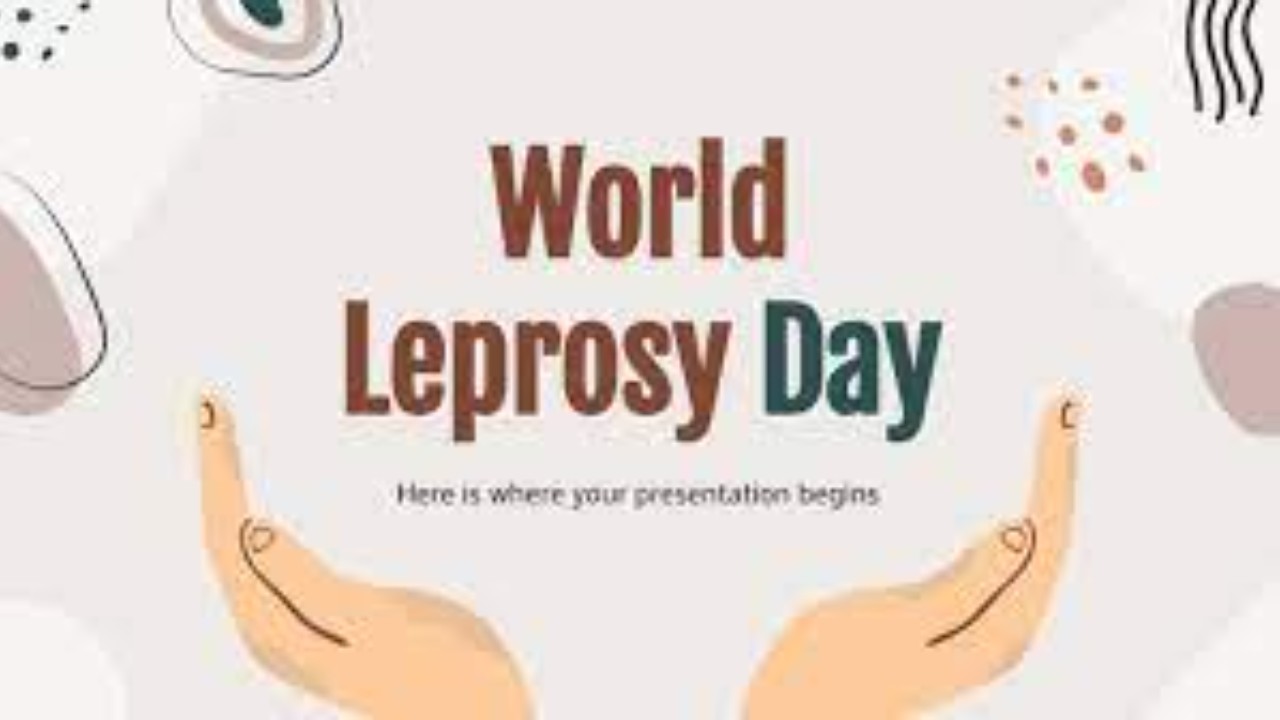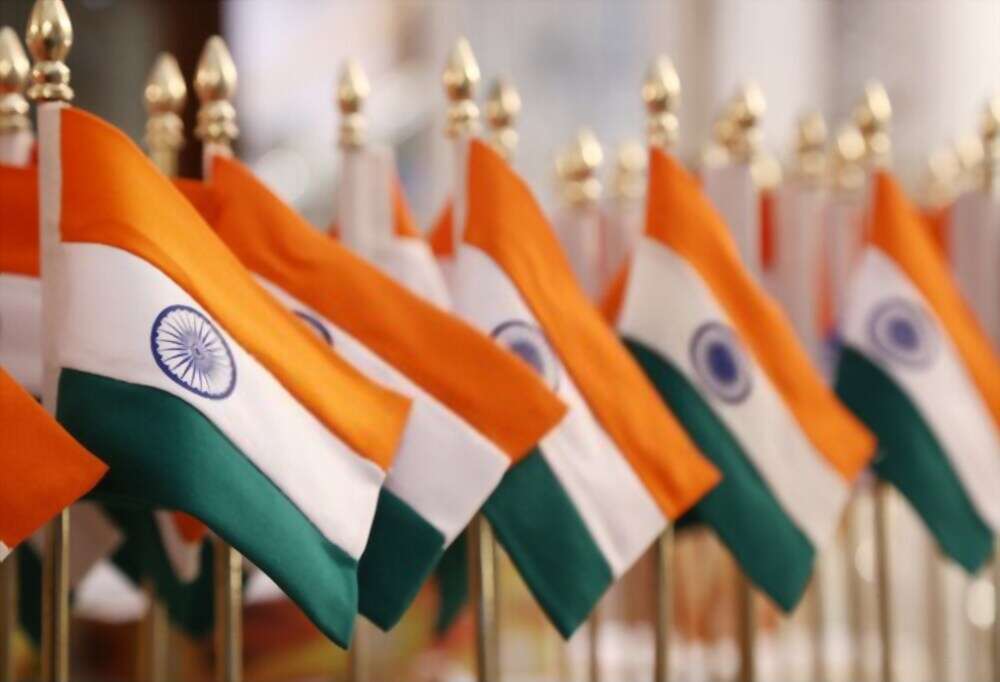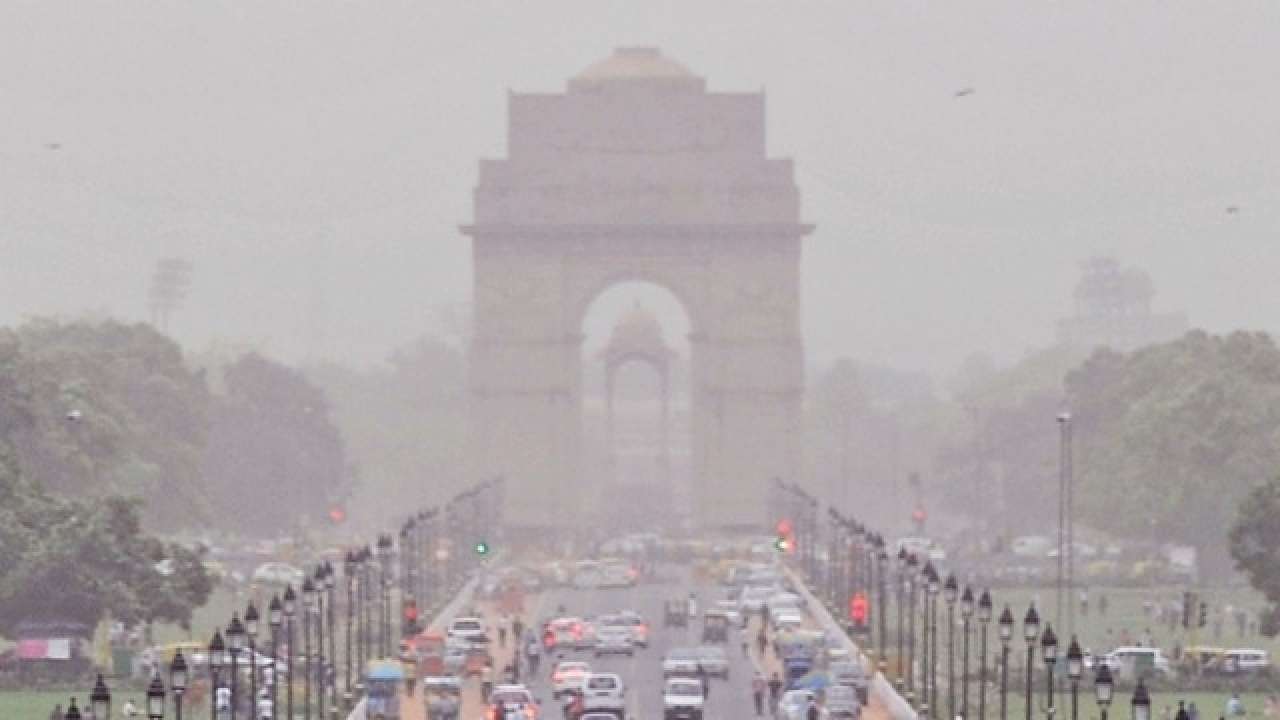[vc_row][vc_column][vc_column_text]The World Health Organisation (WHO) has prepared a list of 10 health threats that masses can face globally in 2019. This list includes issues ranging from vaccine-preventable diseases to drug-resistant infections, from obesity and physical inactivity to cancer and environmental diseases like heart and lung problems. Climate change is playing a major role in making people unhealthy and sick.
According to WHO, to address these and other threats, 2019 sees the start of the World Health Organization’s new 5-year strategic plan – the 13th General Programme of Work. This plan focuses on a triple billion target: ensuring 1 billion more people benefit from access to universal health coverage, 1 billion more people are protected from health emergencies and 1 billion more people enjoy better health and well-being. Reaching this goal will require addressing the threats to health from a variety of angles.
Here are the top 10 global health threats that demands attention from WHO and partners in 2019.
Air Pollution and Climate Change
Nine out of ten people breathe polluted air every day. In 2019, air pollution is considered by WHO as the greatest environmental risk to health.
Microscopic pollutants in the air can penetrate respiratory and circulatory systems, damaging the lungs, heart and brain. This pollution kills 7 million people prematurely every year from diseases such as cancer, stroke, heart and lung disease.
Non-Communicable Diseases
Non-communicable diseases, such as diabetes, cancer and heart disease, are collectively responsible for over 70% of all deaths worldwide, or 41 million people. This includes 15 million people dying prematurely, aged between 30 and 69.
Over 85% of these premature deaths are in low- and middle-income countries. The rise of these diseases has been driven by five major risk factors: tobacco use, physical inactivity, the harmful use of alcohol, unhealthy diets and air pollution. These risk factors also exacerbate mental health issues that may originate from an early age: half of all mental illness begins by the age of 14, but most cases go undetected and untreated – suicide is the second leading cause of death among 15-19 year-olds.
Global influenza pandemic
The world will face another influenza pandemic – the only thing we don’t know is when it will hit and how severe it will be. Global defences are only as effective as the weakest link in any country’s health emergency preparedness and response system, said WHO.
WHO is constantly monitoring the circulation of influenza viruses to detect potential pandemic strains: 153 institutions in 114 countries are involved in global surveillance and response.
Fragile and vulnerable settings
According to WHO, more than 1.6 billion people (22% of the global population) live in places where protracted crises (through a combination of challenges such as drought, famine, conflict, and population displacement) and weak health services leave them without access to basic care.
Antimicrobial resistance
As per the report, the development of antibiotics, antivirals and antimalarials are some of modern medicine’s greatest successes. Now, time with these drugs is running out.
Antimicrobial resistance – the ability of bacteria, parasites, viruses and fungi to resist these medicines – threatens to send us back to a time when we were unable to easily treat infections such as pneumonia, tuberculosis, gonorrhoea, and salmonellosis. The inability to prevent infections could seriously compromise surgery and procedures such as chemotherapy.
Ebola and other high-threat pathogens
In 2018, the Democratic Republic of the Congo saw two separate Ebola outbreaks, both of which spread to cities of more than 1 million people. One of the affected provinces is also in an active conflict zone.
Weak primary health care
Primary health care is usually the first point of contact people have with their health care system, and ideally should provide comprehensive, affordable, community-based care throughout life.
According to WHO, many countries do not have adequate primary health care facilities. In 2019, WHO will work with partners to revitalise and strengthen primary health care in countries, and follow up on specific commitments made by in the Astana Declaration.
Vaccine hesitancy
Vaccine hesitancy – the reluctance or refusal to vaccinate despite the availability of vaccines – threatens to reverse progress made in tackling vaccine-preventable diseases. Vaccination is one of the most cost-effective ways of avoiding disease – it currently prevents 2-3 million deaths a year, and a further 1.5 million could be avoided if global coverage of vaccinations improved.
In 2019, WHO will ramp up work to eliminate cervical cancer worldwide by increasing coverage of the HPV vaccine, among other interventions. 2019 may also be the year when transmission of wild poliovirus is stopped in Afghanistan and Pakistan.
Dengue
Dengue, a mosquito-borne disease that causes flu-like symptoms and can be lethal and kill up to 20% of those with severe dengue, has been a growing threat for decades.
An estimated 40% of the world is at risk of dengue fever, and there are around 390 million infections a year. WHO’s Dengue control strategy aims to reduce deaths by 50% by 2020.
HIV
The epidemic continues to rage with nearly a million people every year dying of HIV/AIDS although enormous progress has been made in terms of testing and treatment. According to WHO, about 22 million people are currently getting treated for HIV, while others who are at risk of getting the infection are taking antiretroviral medications to prevent getting infected. Today, around 37 million people worldwide are living with HIV.
This year, WHO will work with countries to support the introduction of self-testing so that more people living with HIV know their status and can receive treatment (or preventive measures in the case of a negative test result).
(Source – World Health Organization’s report)[/vc_column_text][/vc_column][/vc_row]






















